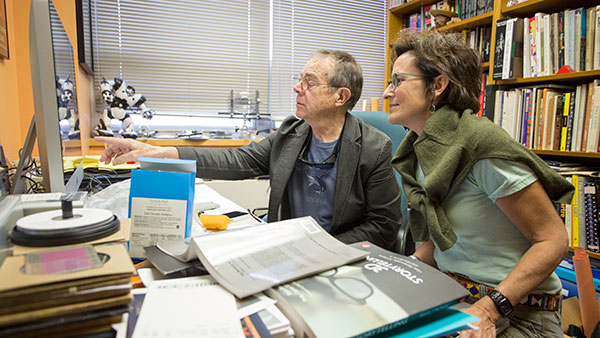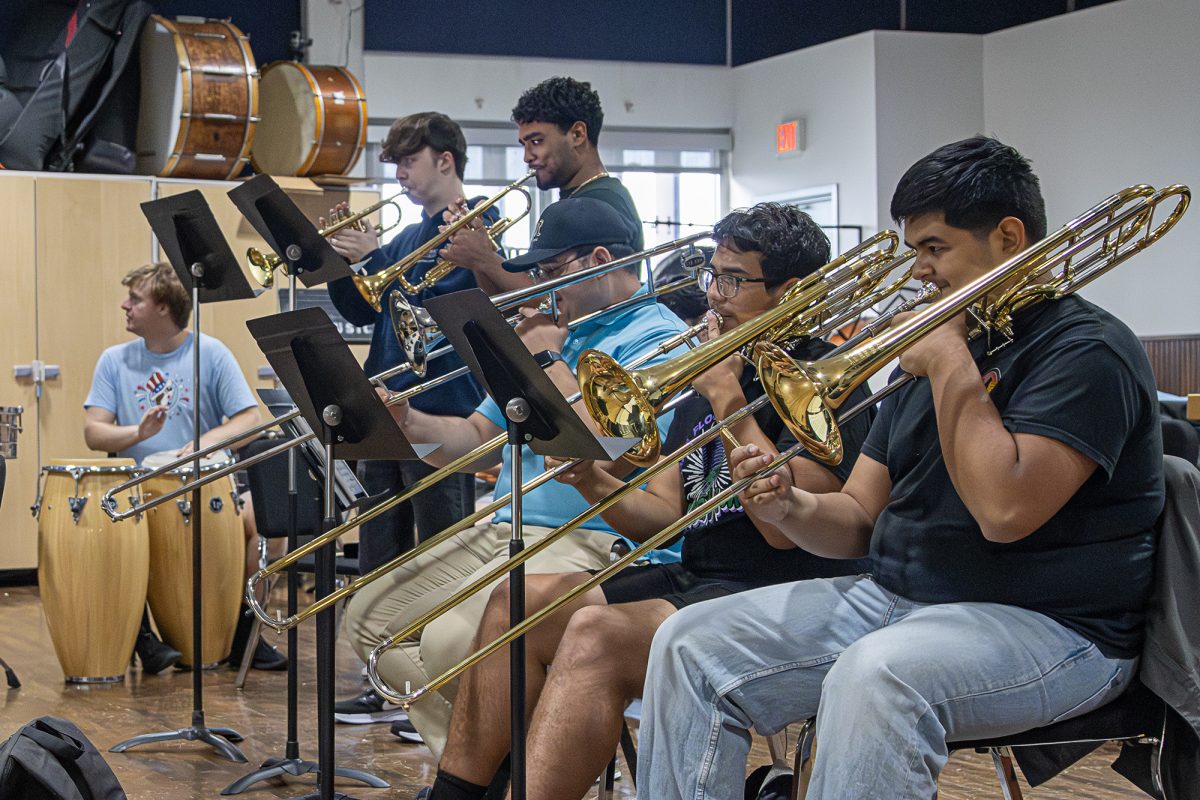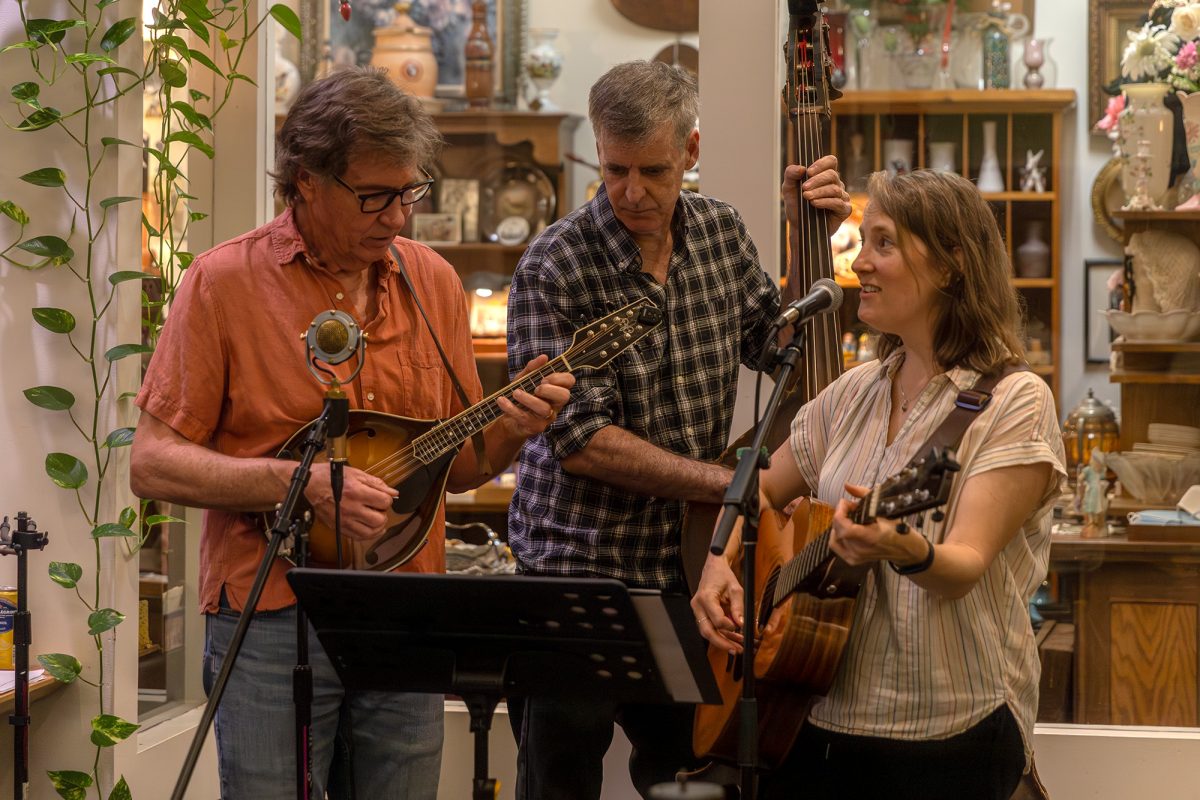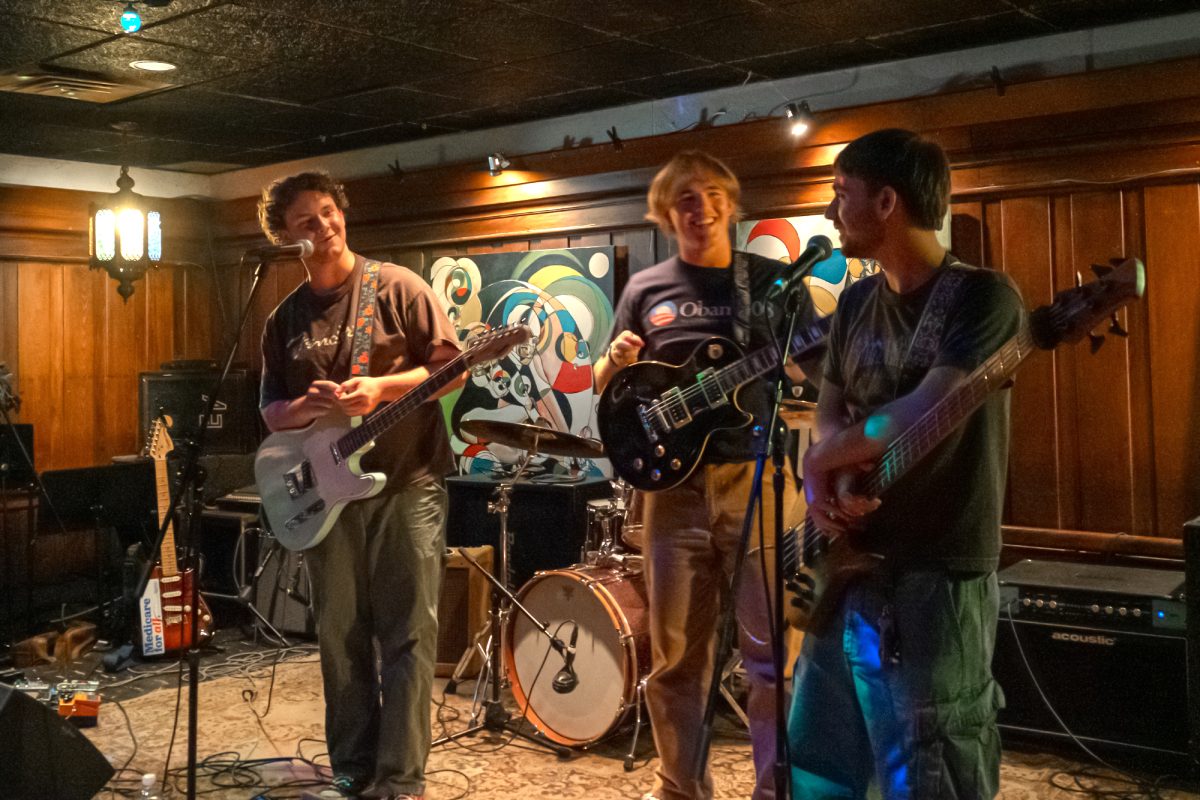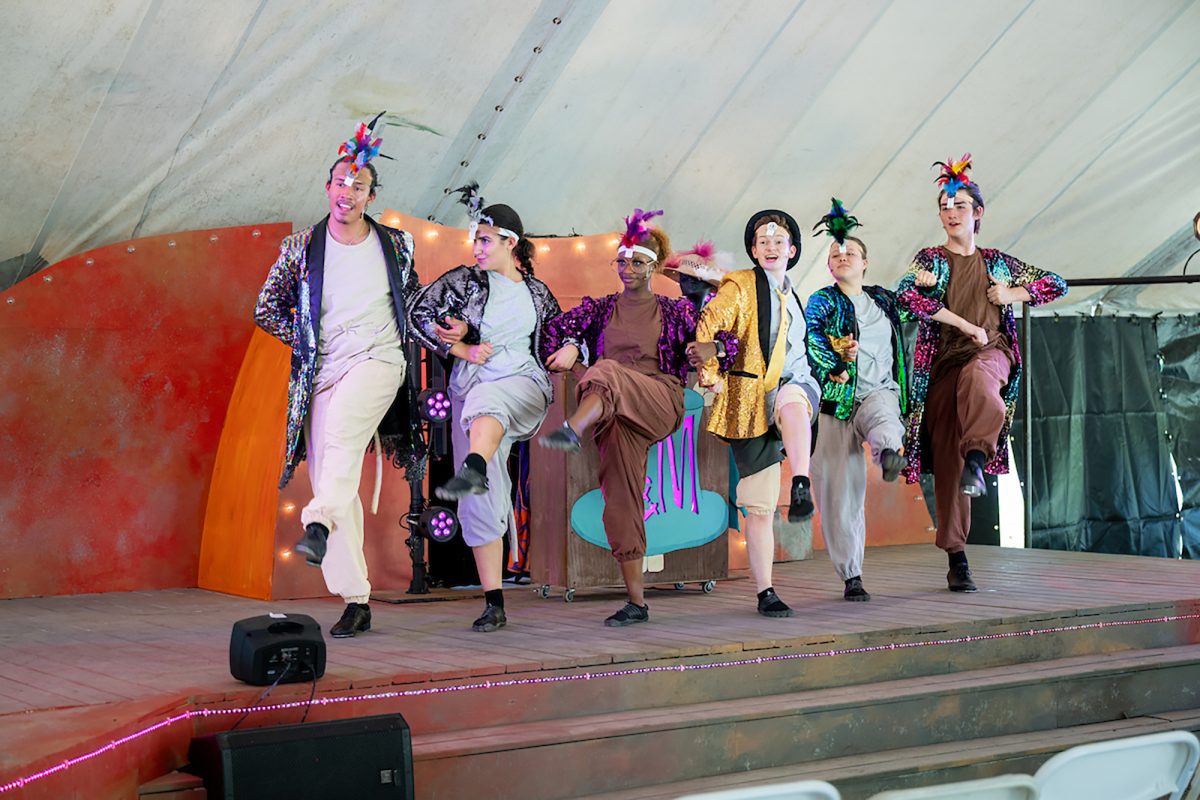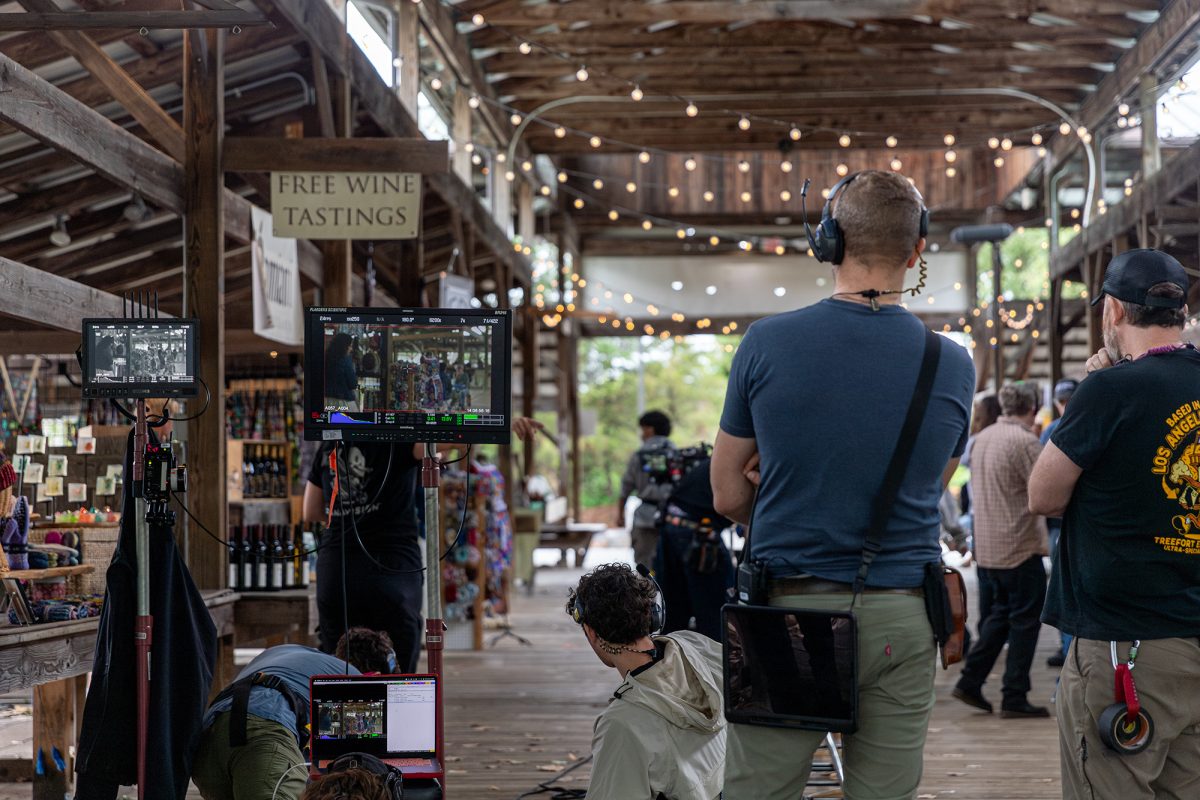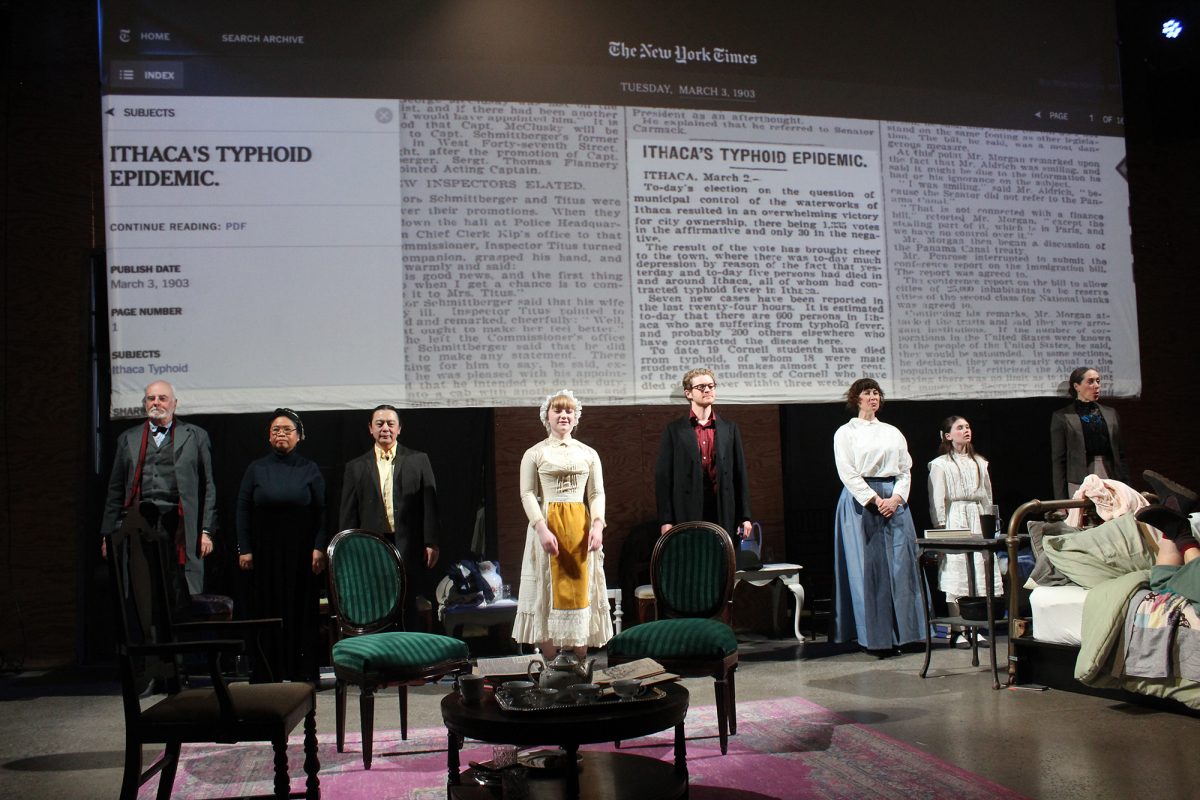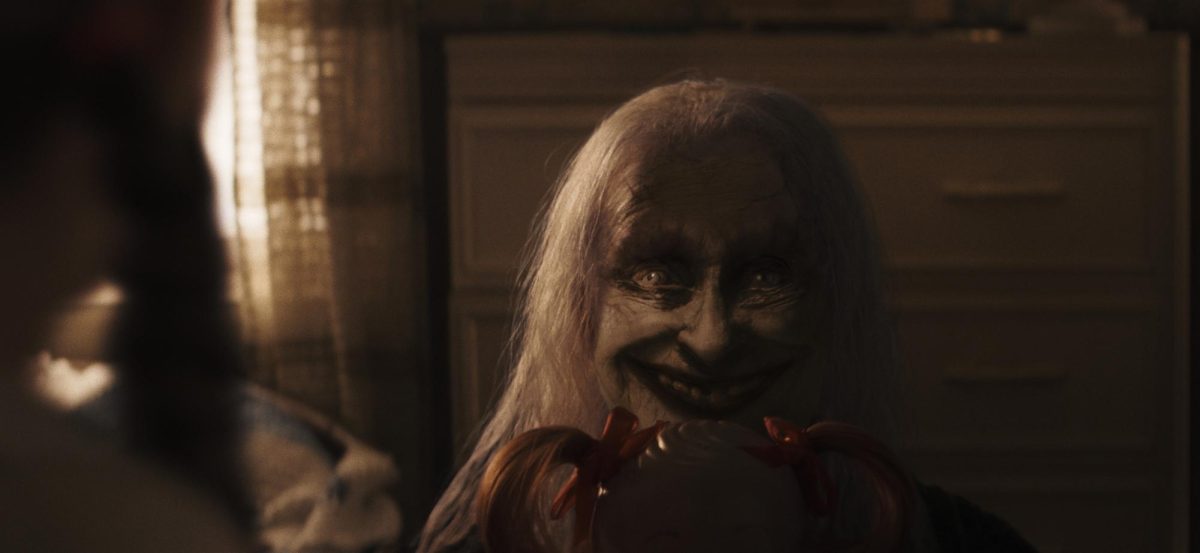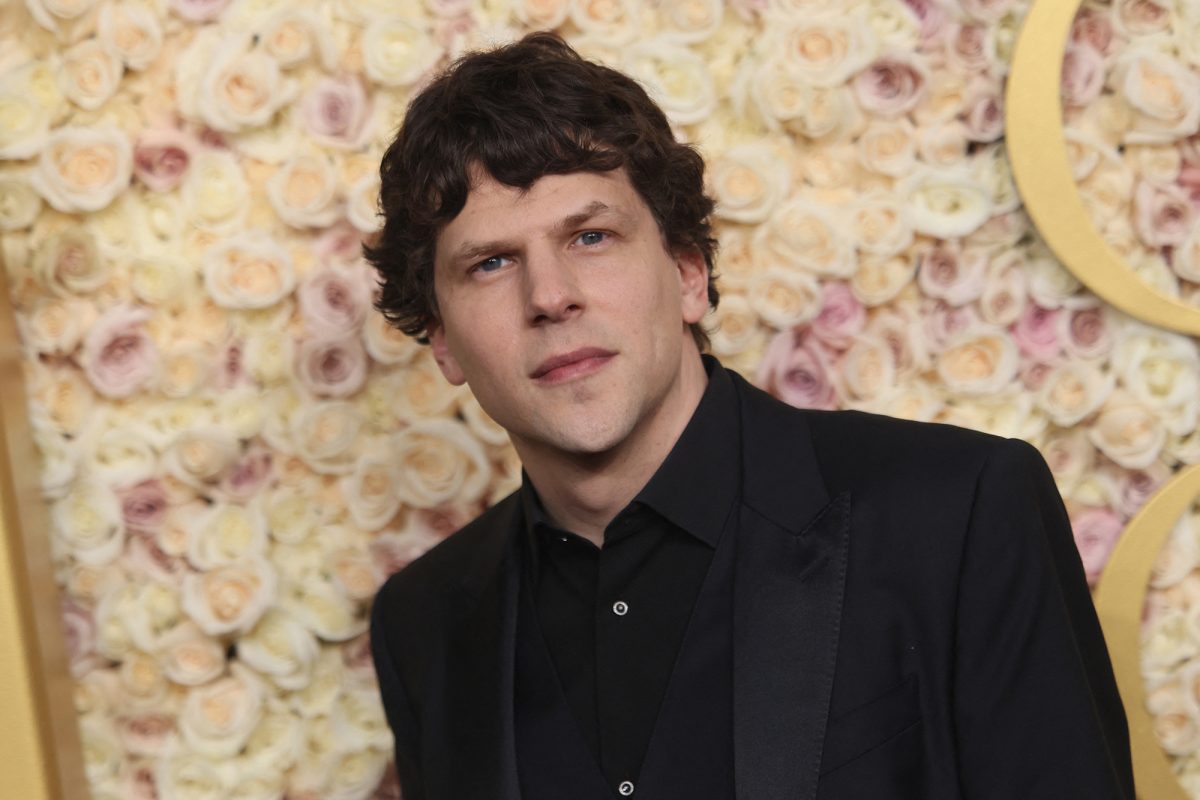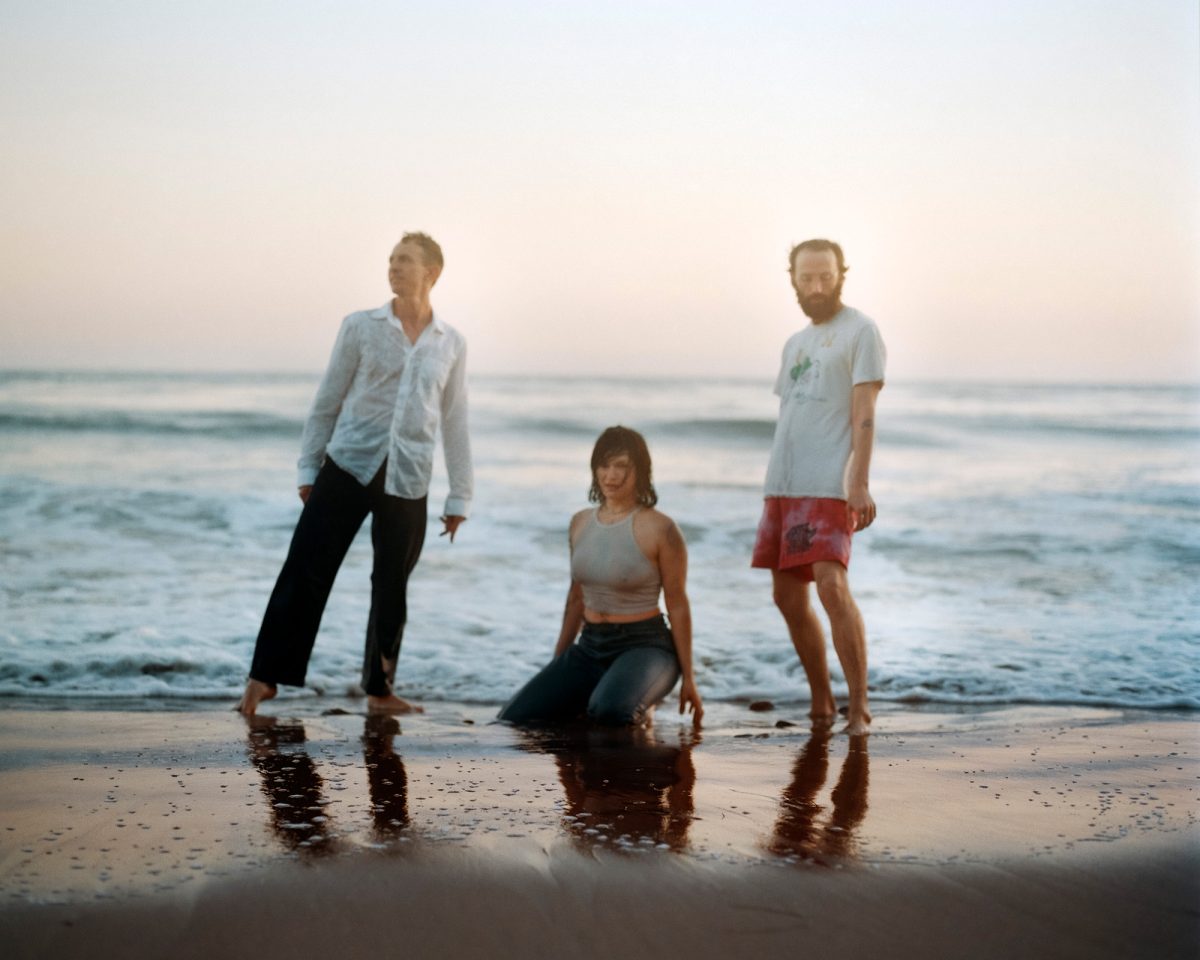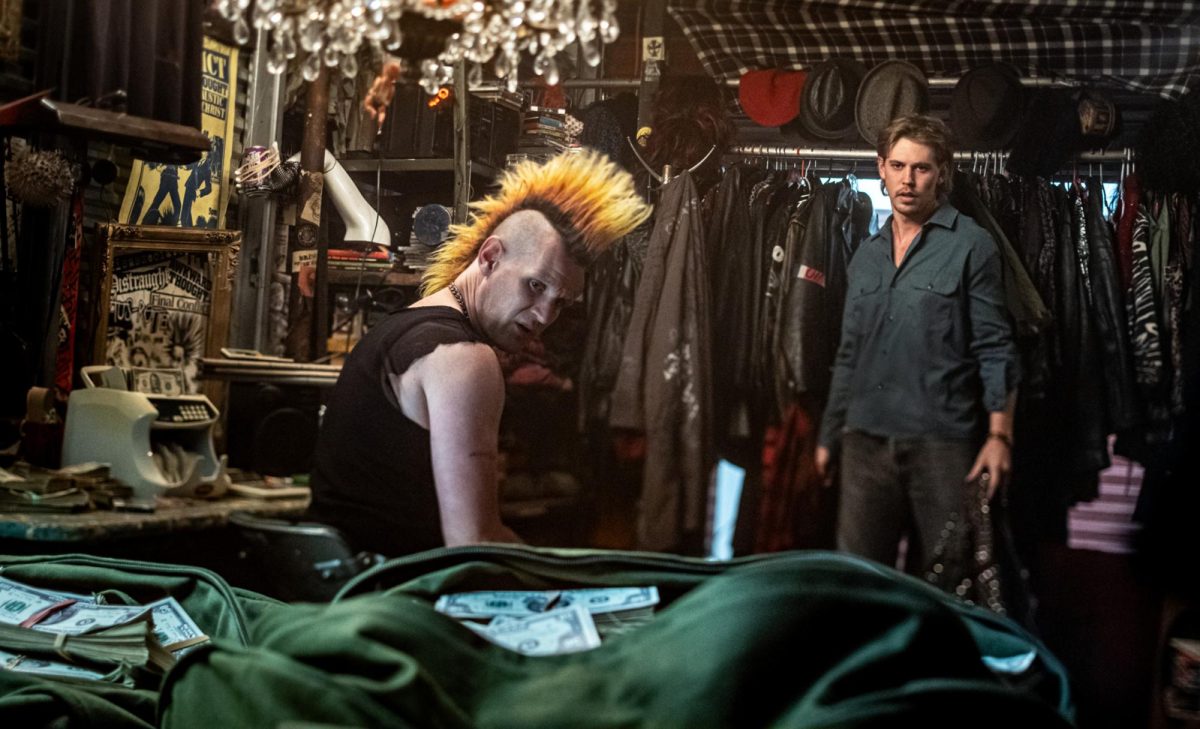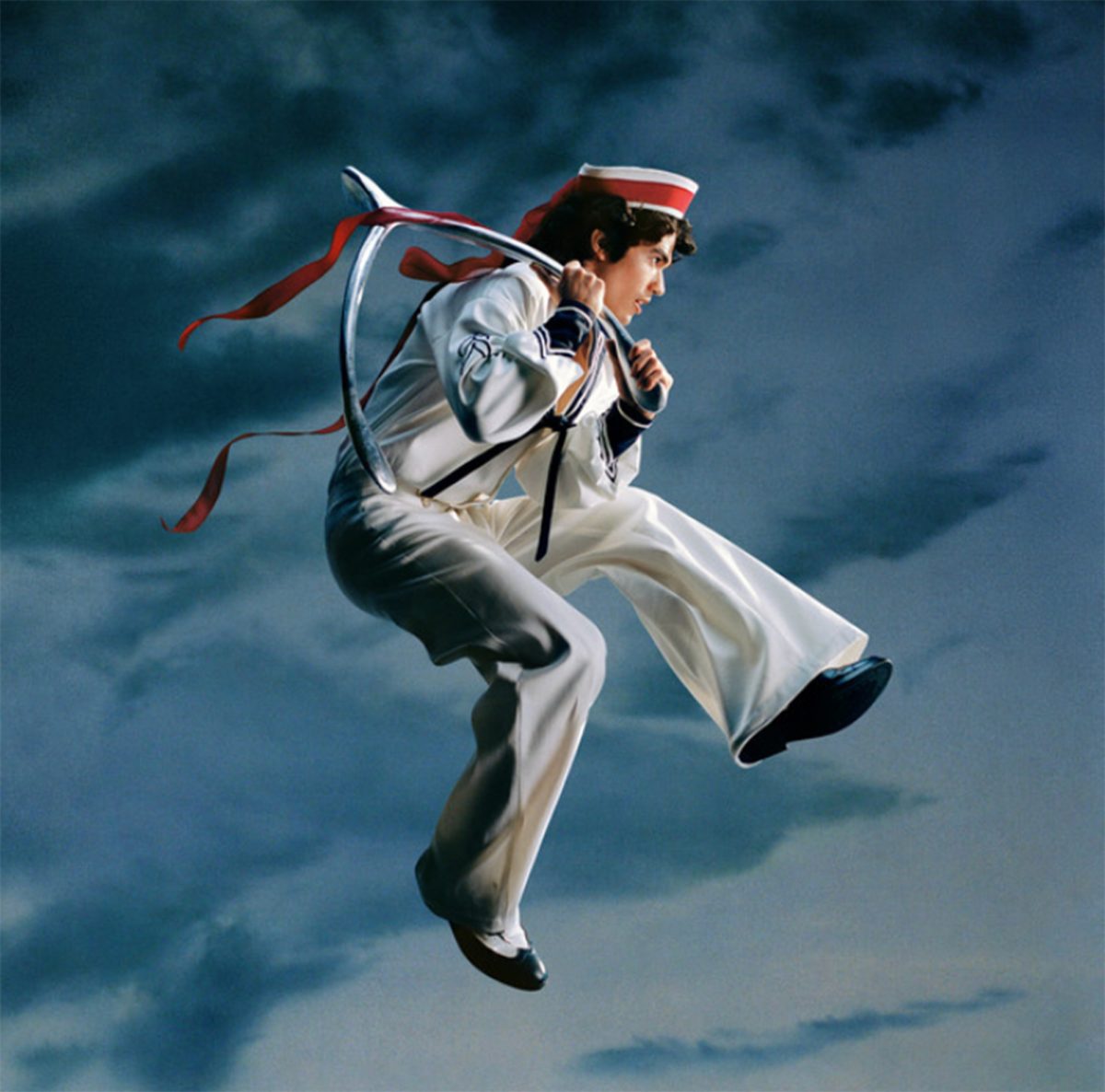Janice Levy, professor of media arts, sciences and studies, and a Kellogg Fellow, will be taking the stage Sept. 4 in Panama as the keynote speaker for the Kellogg Fellows Leadership Alliance’s FORO14 seminar. Her presentation, “La fotografia como instrumento de concientizacion y accion,” looks into photography as a tool of social action.
Assitant Life & Culture editor Steven Pirani sat down with Levy on Aug. 31 to discuss her upcoming presentation, the role of photography in society and her venture into the Spanish language.
Steven Pirani: The conference lists on its website the topics integration and transformation, interculturality and diversity, and social equity and justice. What about these themes capture your interest?
Janice Levy: I mean, all of them capture my interest, but I was invited to the conference to give the keynote address, which is about how photography is a tool for awareness and change. I think historically there was this idea that photography, because it has, or was, thought to have this connection to reality, that people would see a photograph and be moved to do something about a situation, if they saw an injustice. But what’s happened is we no longer view the photograph as an agent of truth. It goes much further than just the idea that there is Photoshop and we can manipulate things. Basically, the photograph has always been a manipulation of sorts. The photograph is a reflection of the photographer’s perspective among other things, which I talk about in my lecture.
SP: So does your lecture have the intent on showing individuals how to utilize photographs, or is there an alternative that we’re looking for now?
JL: It’s interesting. I think that there’s still an expectation on the part of some people about how photographs can be used. I think photographs still bring us closer to what’s happening in places, but what I think is more important now is photography becomes the vehicle for change in a sort of unexpected way, and that is through the action of taking pictures.
SP: So less focus on the pictures themselves?
JL: Yes. People don’t trust photographs anymore; they’re too easy to change. What I’m thinking is that the shift that will happen in photography is that it will be less on the photograph itself being what gets people to change. It’ll be people using photography as a vehicle to be some place and have that first-hand experience. The camera will be the excuse to be there and have that experience and have that transformation.
SP: You were invited to be the keynote speaker: What do you believe spurred them to offer you an invitation?
JL: It’s funny, I sort of wonder the same thing, because the topic of the conference is global migration, and so when Martha Lee, who is the director of the Kellogg Fellows program called me, and asked me to be the keynote speaker, I sort of said, “Huh? What? What do you want me to talk about?” I mean, I was really pleased, and I loved that they wanted to take an artistic approach to this. They wanted to talk about photography, because so many people are doing it. She thought it would be a good way to open up the conference because people were going to Panama, and people will be taking pictures, so it would be a way to kind of contextualize a part of their experience there.
SP: You’ve been vocal in your classes that you have troubles with short-term memory. How did that affect the process of learning Spanish for this seminar?
JL: Yeah, I’m on medication for severe migraines, and it affects my short-term memory. I still have a lot to go over, but Arturo Sinclair [assistant professor, media arts, sciences and studies] has been amazingly helpful. He translated my document. He’s a native speaker, and he has helped me so much. I absolutely could not have done this without him. He has spent hours with me, hours, and asked for nothing in return except a Panama hat, which I am happy to get him. Without him, this would not have happened.
SP: Ultimately, what is it that you want to convey in this keynote speech?
JL: I don’t know. I guess that everything is evolving, and that we really have to be vigilant about how we use technology. Images are really powerful, and we have to educate ourselves on how they’re used, and how we allow ourselves to be affected by them.


